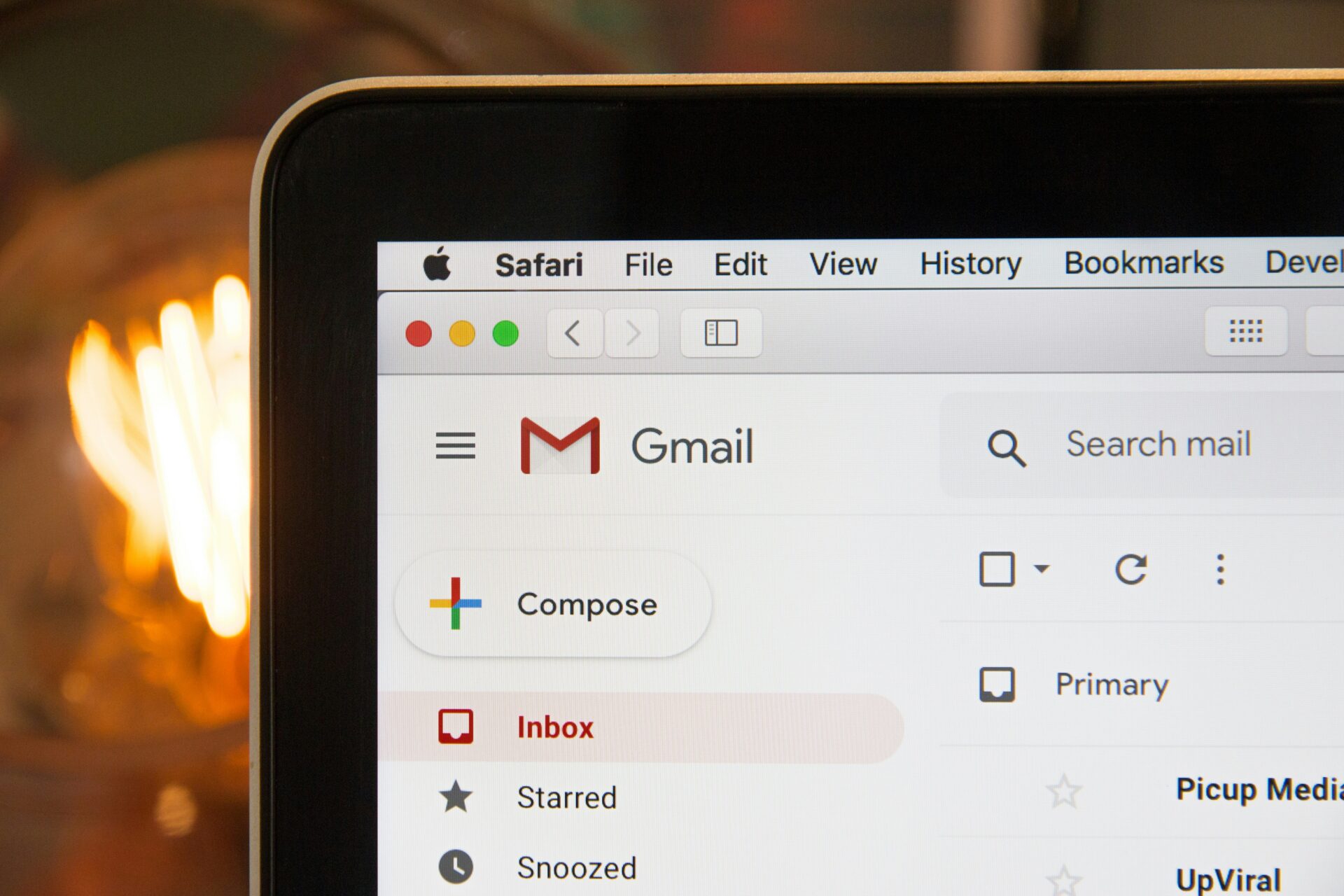A common question we see website owners asking is whether or not their WordPress website needs to be copyrighted. Copyright is an area of business that still has an air of mystery around it but it’s important that all business owners understand which parts of their business do and don’t need to be protected by copyright, trade marks or patents, so today we’re going to look at how copyright and trade marks can help you protect your WordPress website.
So, first things first, what is copyright? The Oxford Dictionary defines it as:
The exclusive and assignable legal right, given to the originator for a fixed number of years, to print, publish, perform, film, or record literary, artistic, or musical material.
There is often some confusion about the difference between copyright and trade marks, with the latter defined as:
A symbol, word, or words legally registered or established by use as representing a company or product.
In short, copyright refers to written, visual, video and audio content that you create, whereas trademark refers to a company name, logo or tagline.
So do you need to copyright your website content to protect it against theft or plagiarism? In the UK: No. Outside of the UK: The laws differ from country to country so we always recommend contacting your country’s Copyright Registry if you are unsure.
In the UK your work is protected by copyright as soon as it’s created, meaning there’s no need to officially register your work to protect it from being used by a third party. As per gov.uk, UK copyright covers the following creative works:
- Original literary, dramatic, musical and artistic work, including illustration and photography
- Original non-literary written work, such as software, web content and databases
- Sound and music recordings
- Film and television recordings
- Broadcasts
- The layout of published editions of written, dramatic and musical works
As you can see above, web content is specifically covered. However, you can still list copyright details ((©), your name and creation date) against your website content, commonly found in the footer of a website. While this doesn’t give you any additional protection, it can serve as a helpful reminder to those who may have planned to steal your content.
Now you know your words, images and video content are all protected, is there anything else you need to do to ensure your website content remains yours and yours only? Depending on the nature of your business, you might want to look into trademarks, design rights and patents.
We won’t delve too far into design rights and patents today, as these apply more to products, packaging and inventions, though if that does apply to your business we suggest visit the gov.uk Intellectual Property resources for further information.
The last thing we want to talk about is trade marks, as these can apply to any business with a business name, product name or logo that they want to protect. As we mentioned above, trade marks carry out a similar function to copyright but cover different elements: product and business names, logos and jingles. Unlike content, these are not automatically protected under UK law so a trade mark must be registered and paid for. To set up your own trade mark you’ll need to apply at gov.uk and pay the required fees. It’s worth noting that applications can take up to four months, so do bear that in mind when debuting new logos or names.
*
We’d love to hear more about your experience with website copyright and trademarks. Have you ever registered elements of your business with a trade mark or patent? Let us know your thoughts about protecting your intellectual property by leaving us a comment below.



